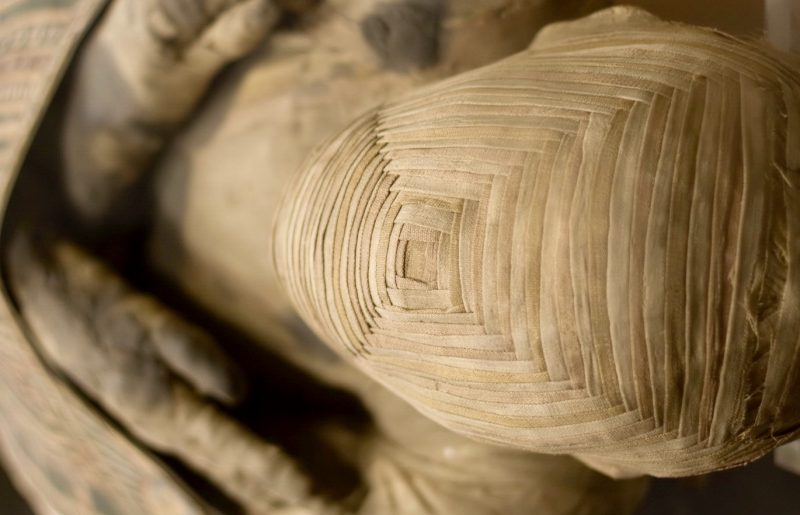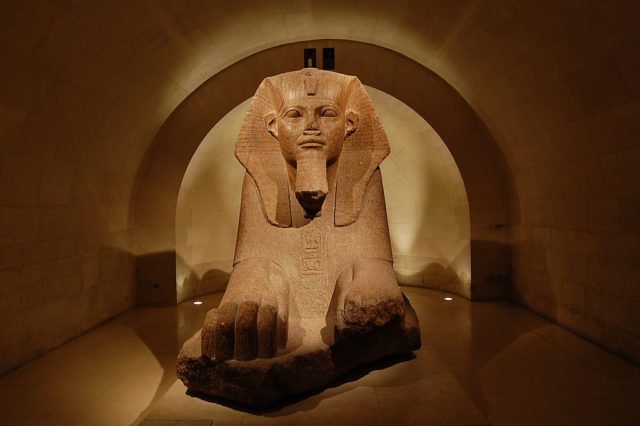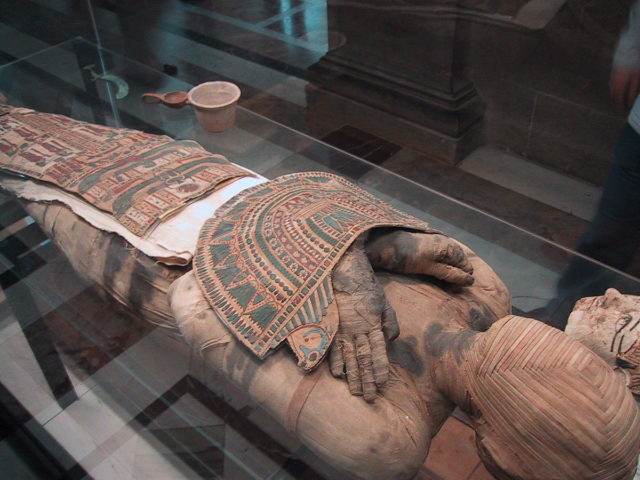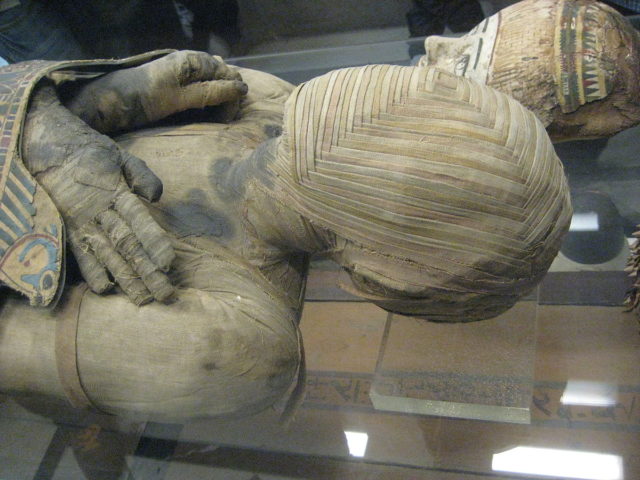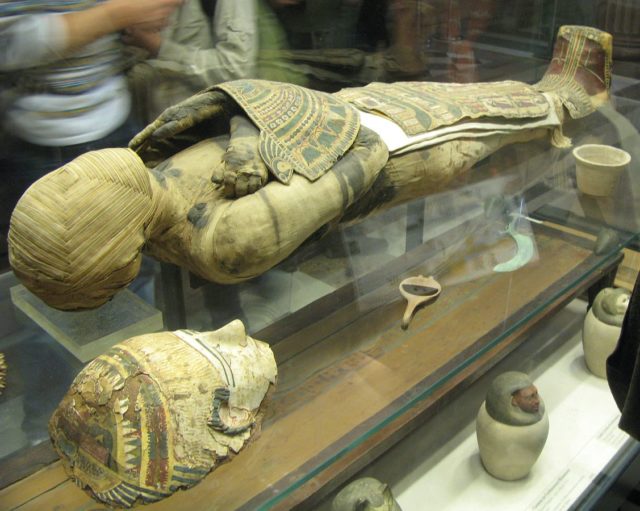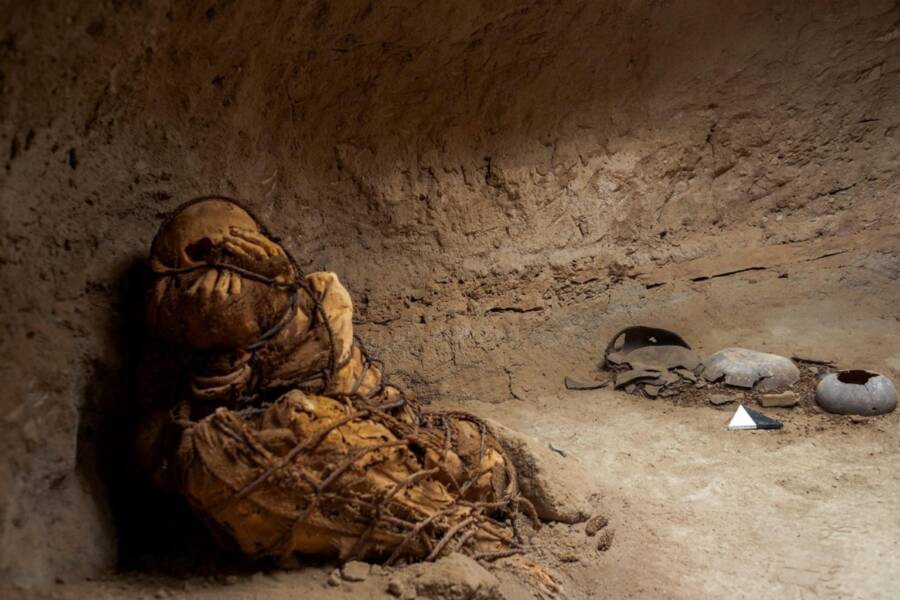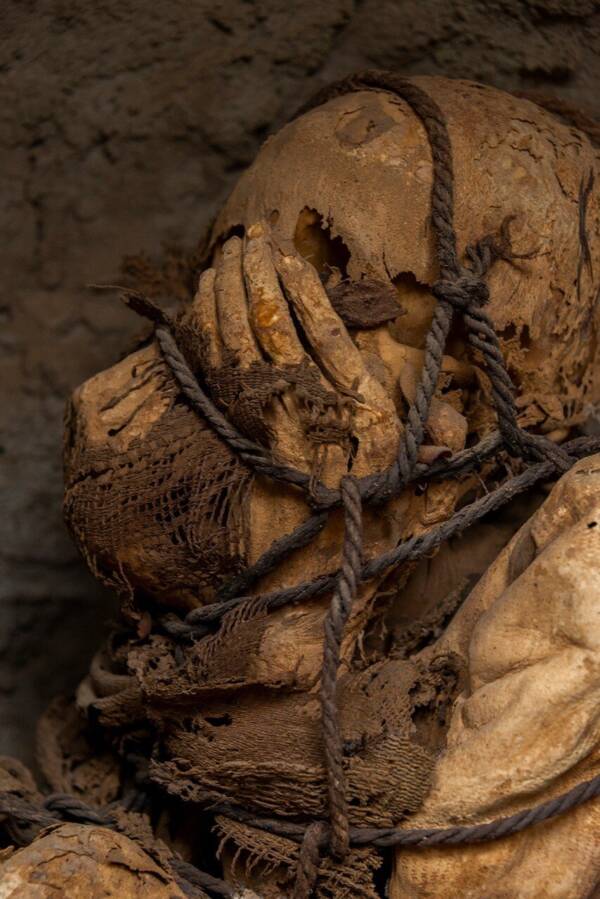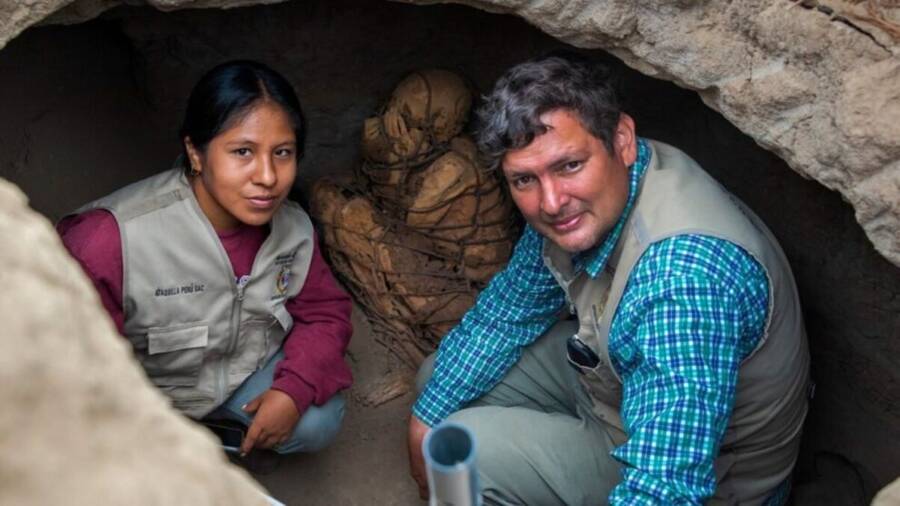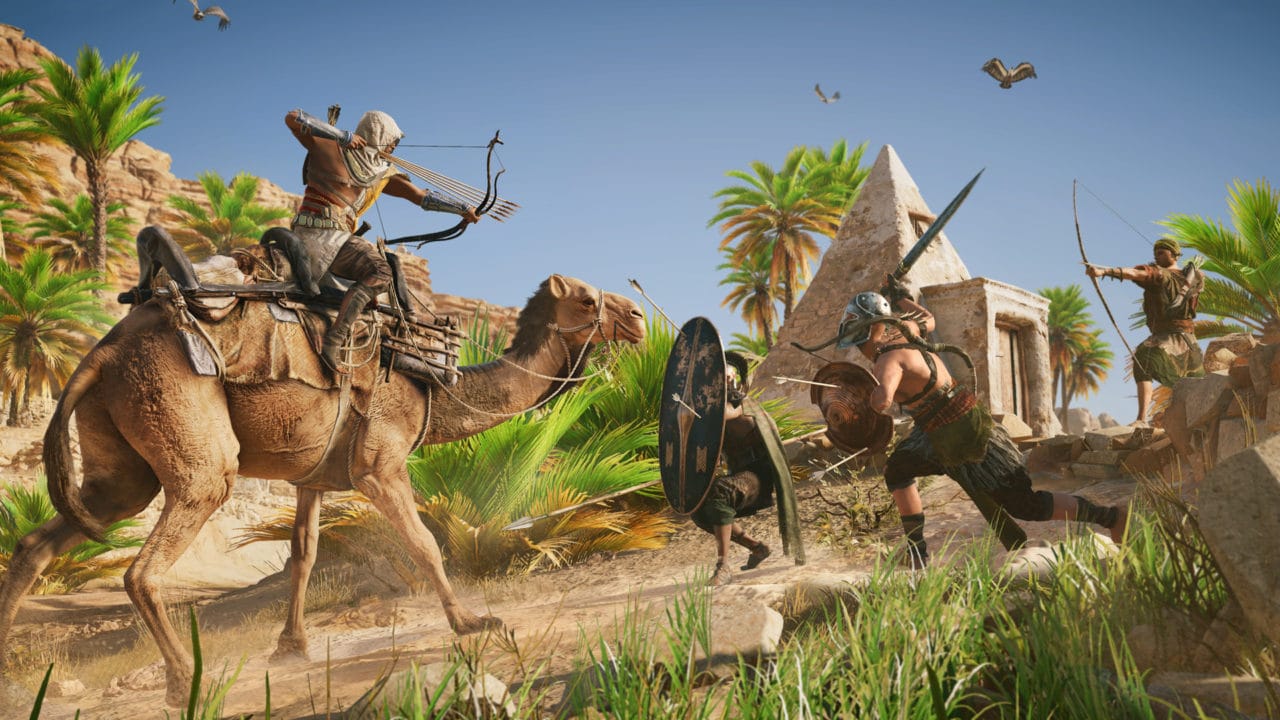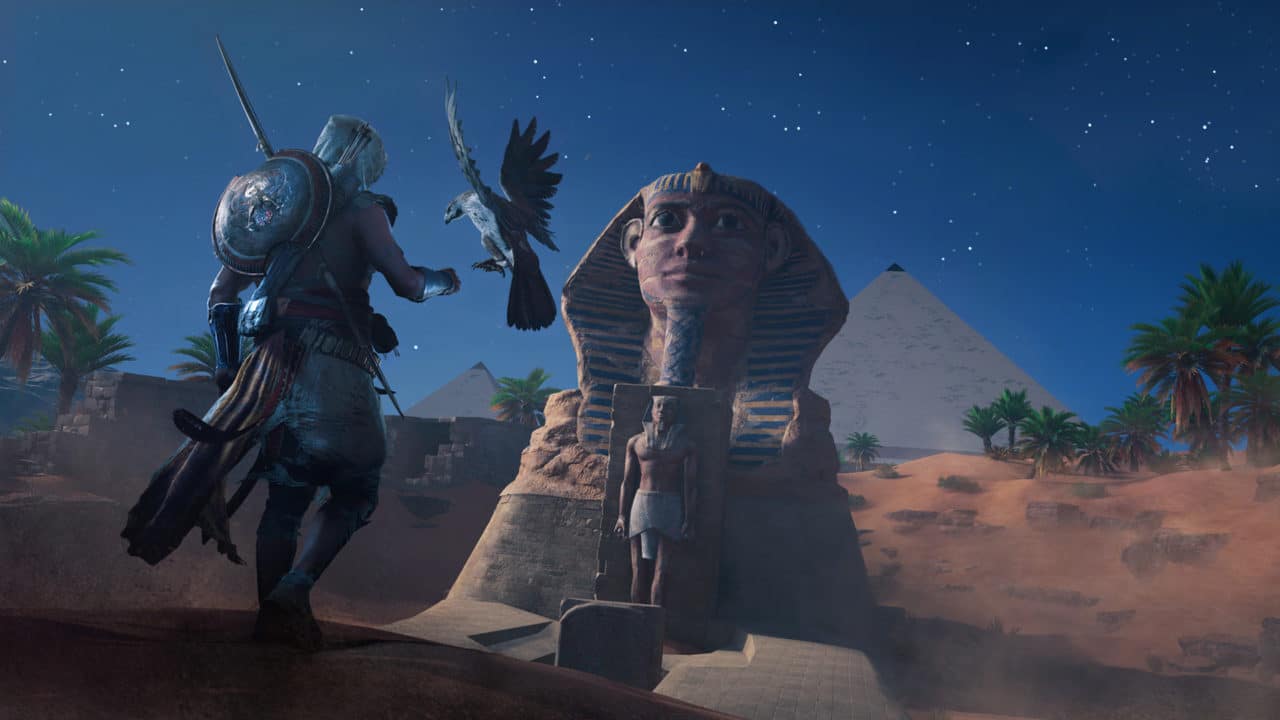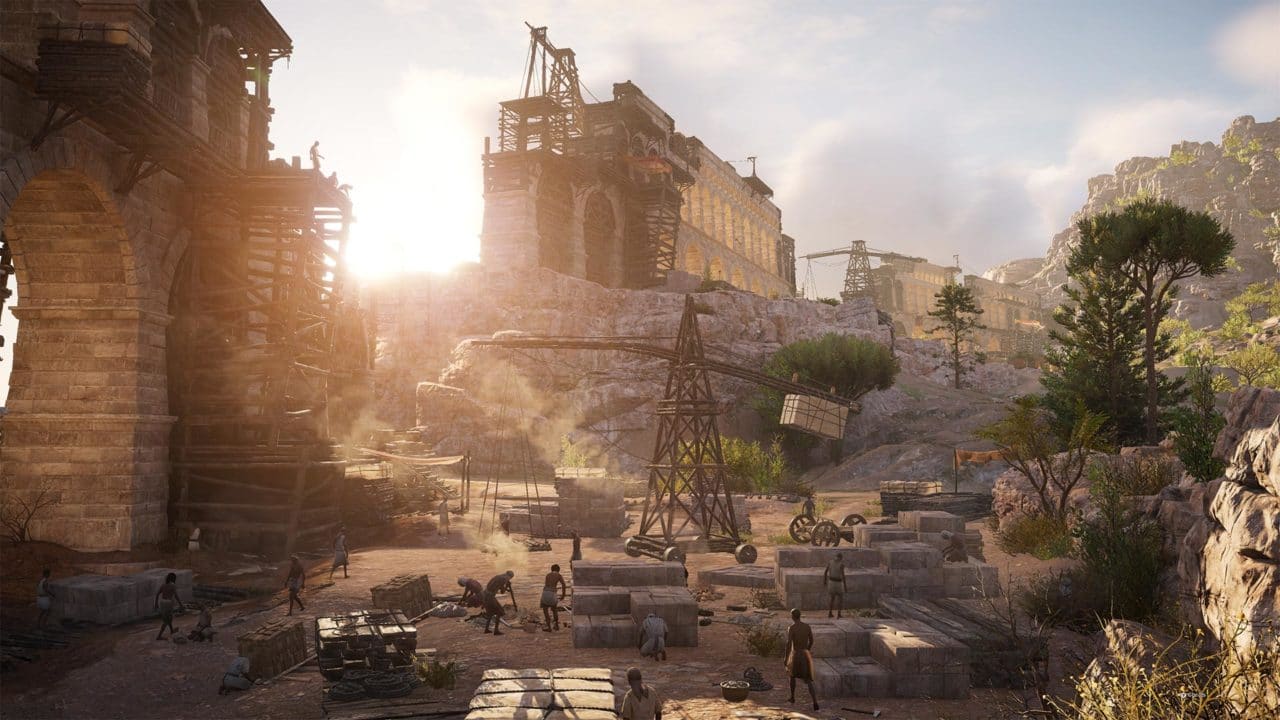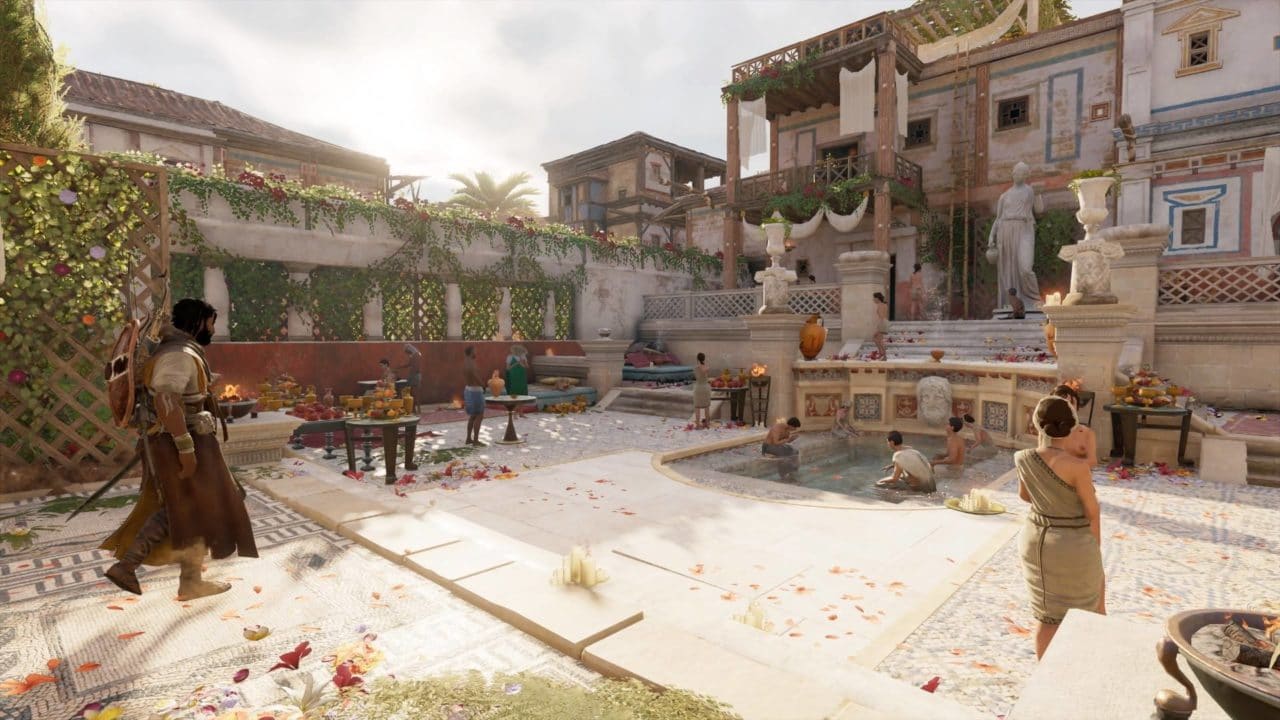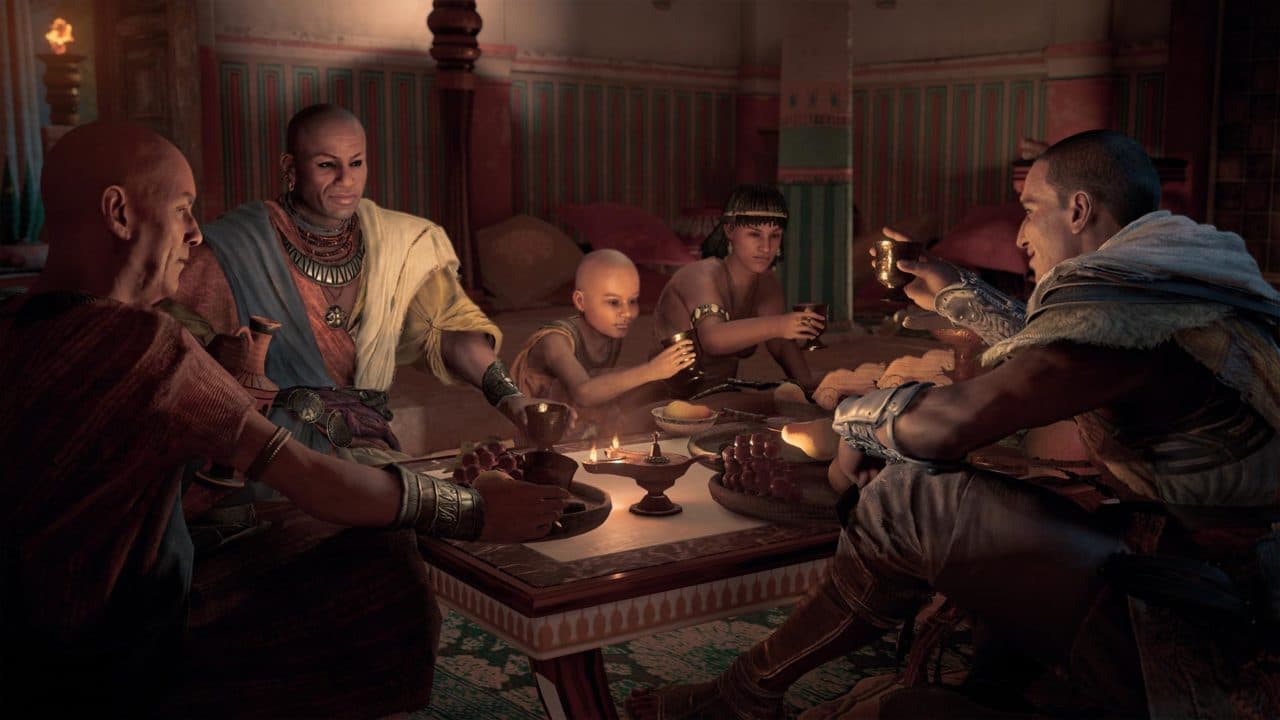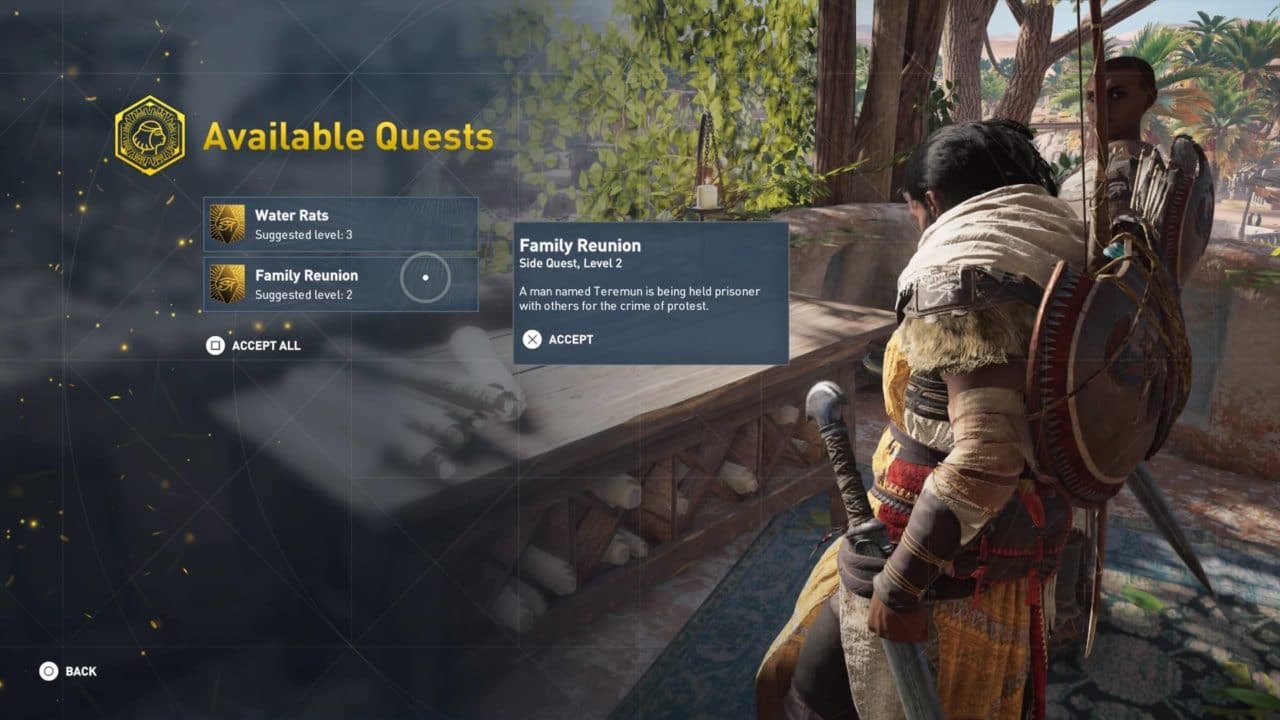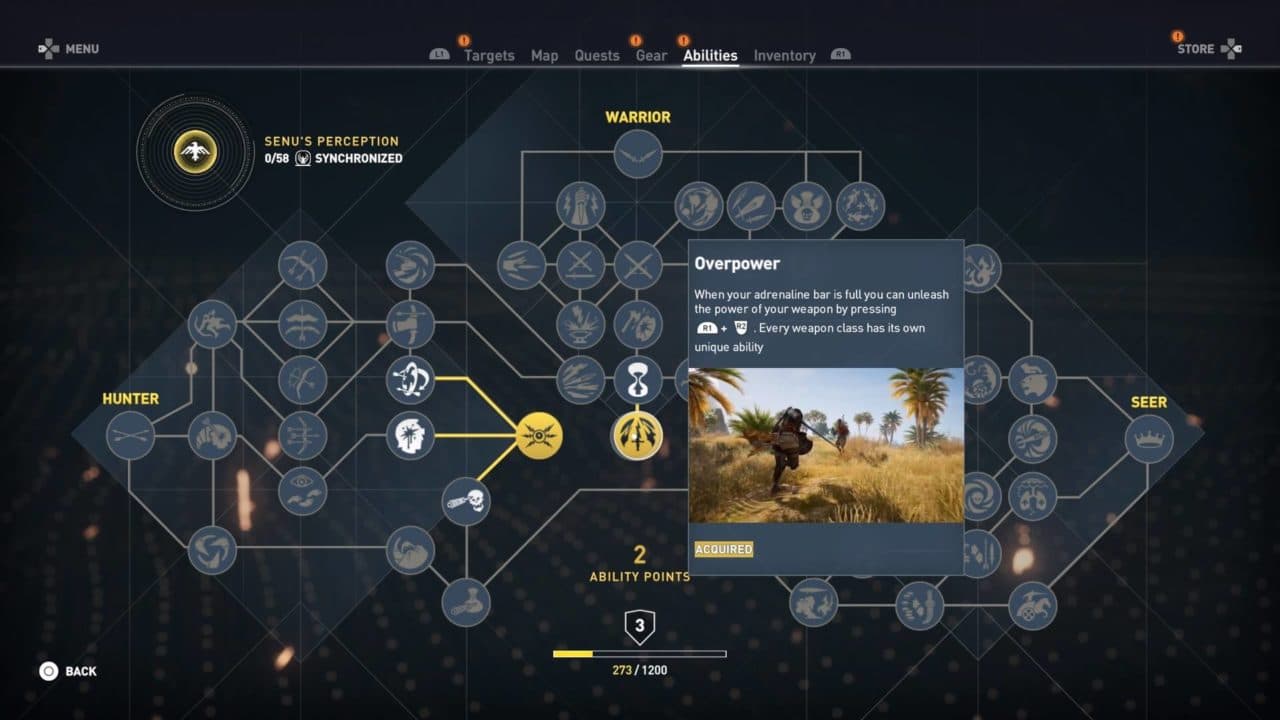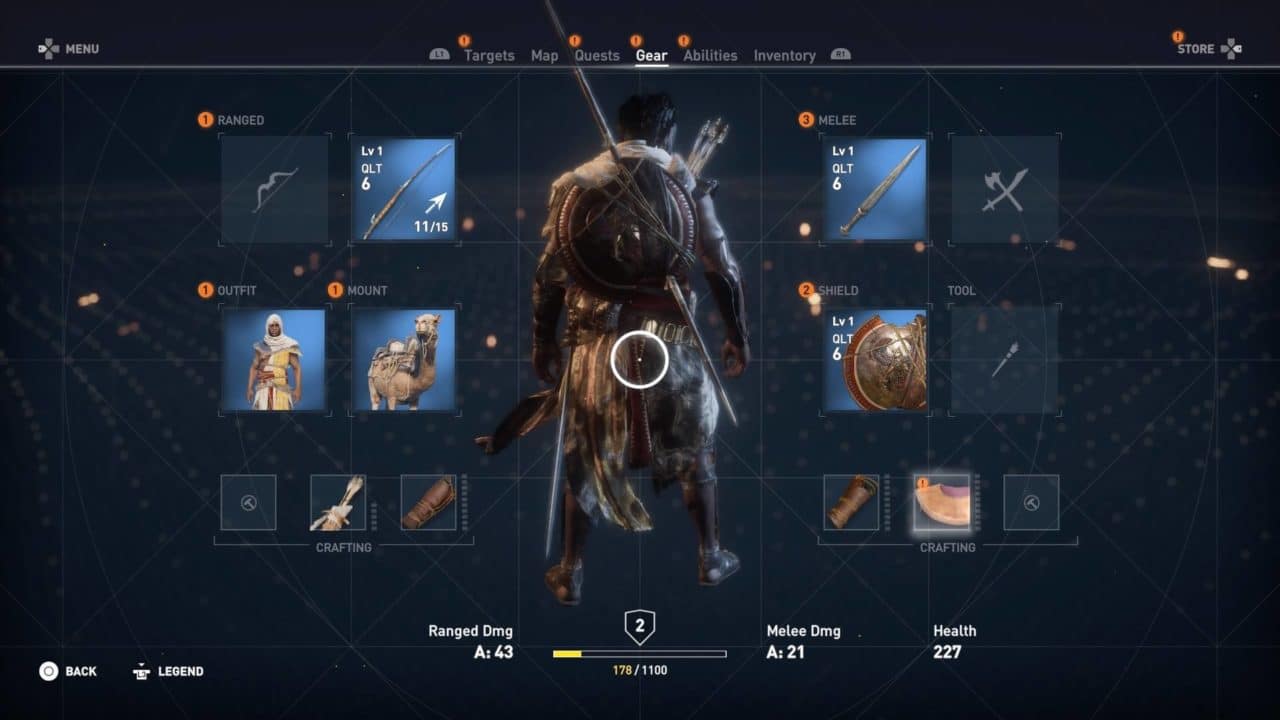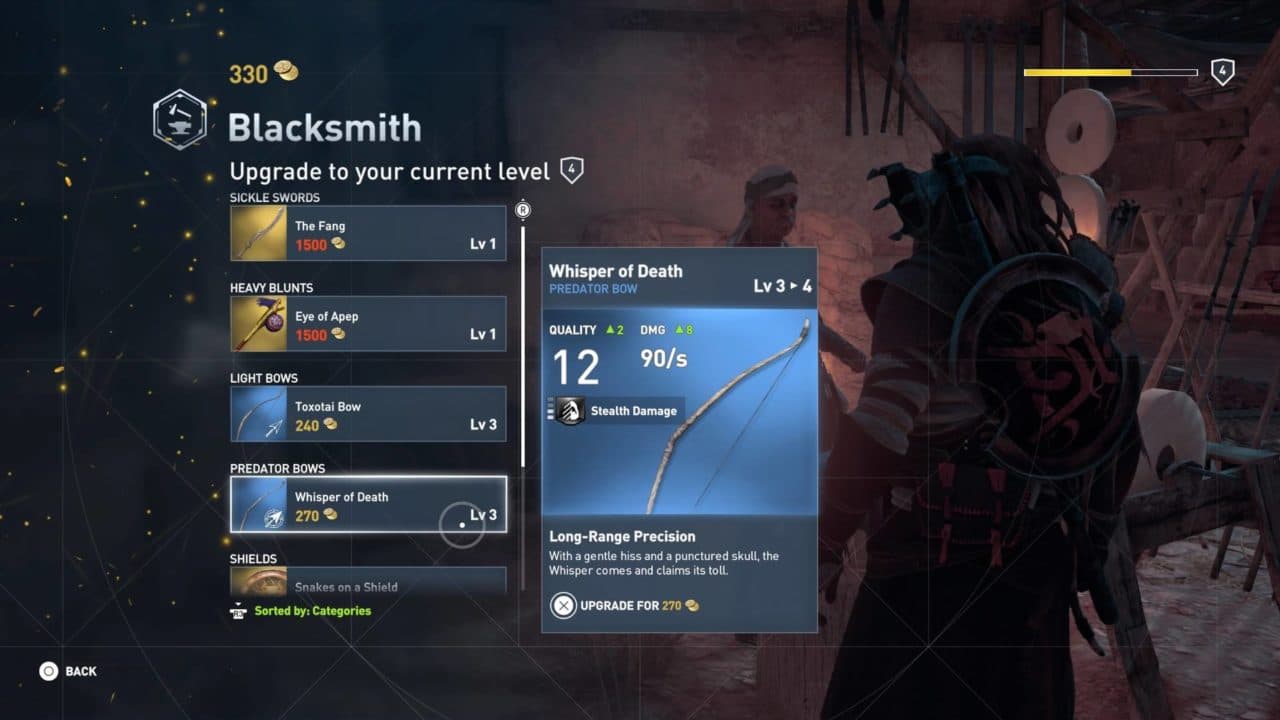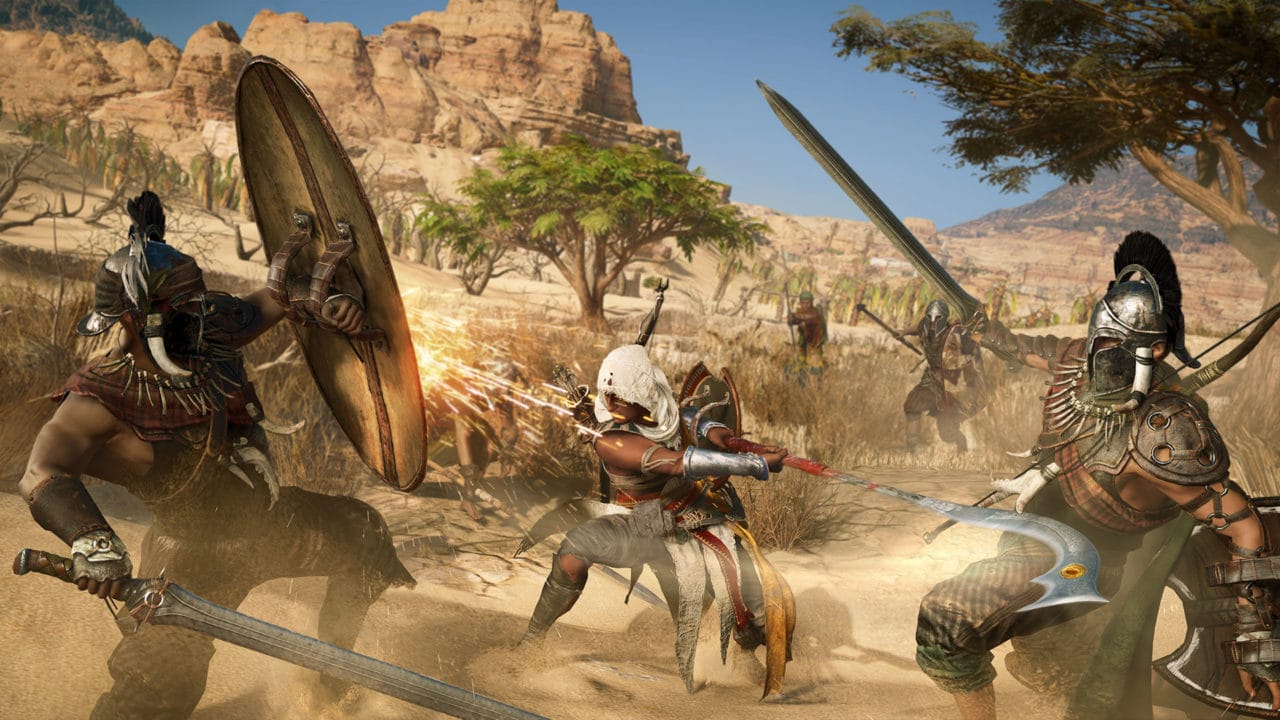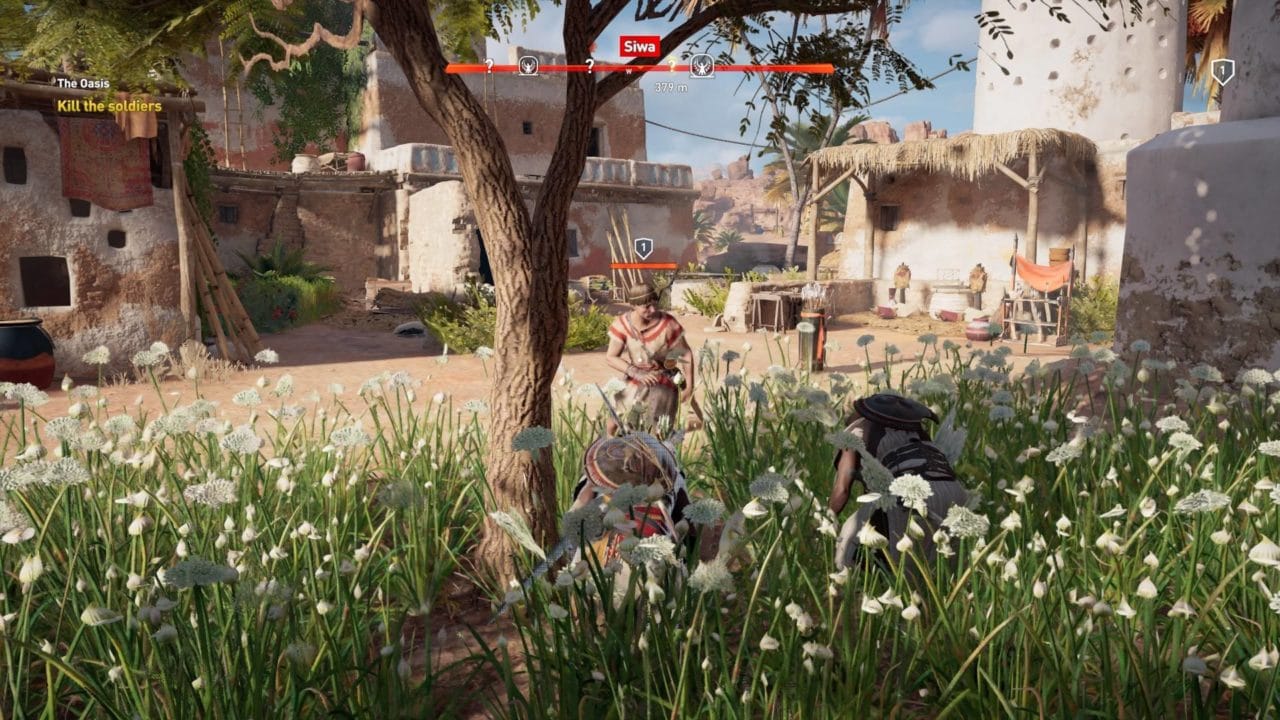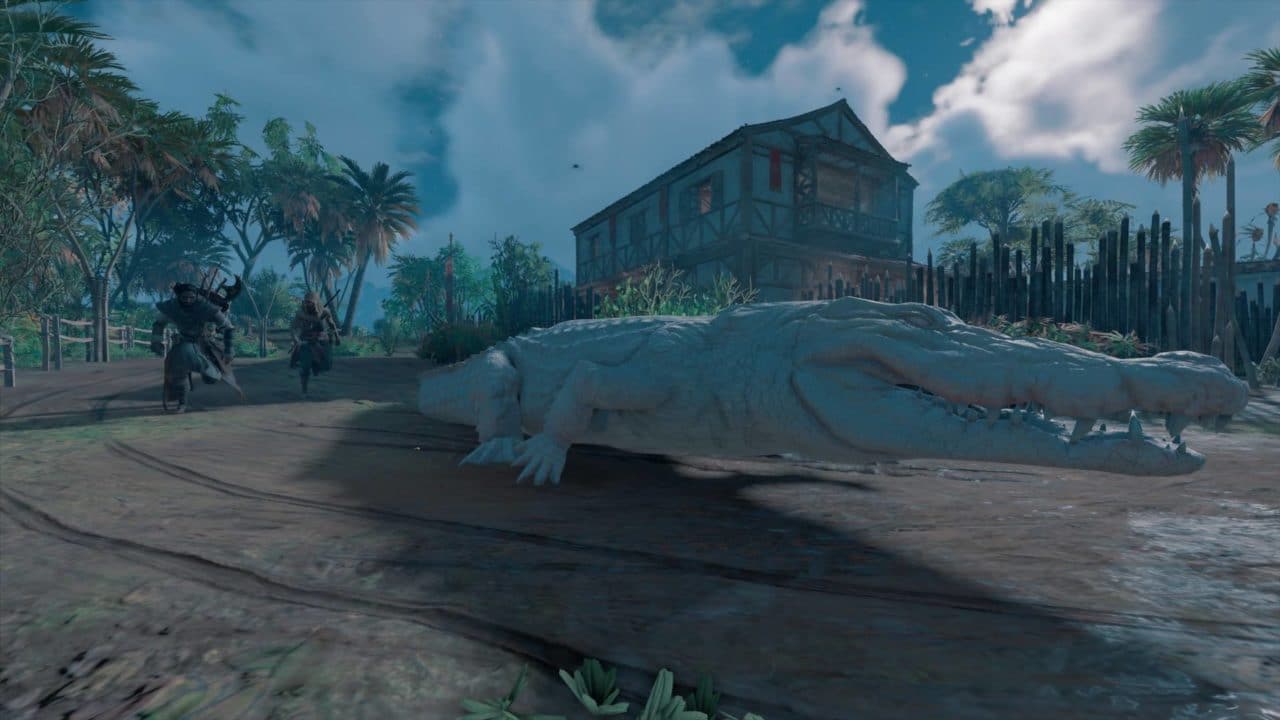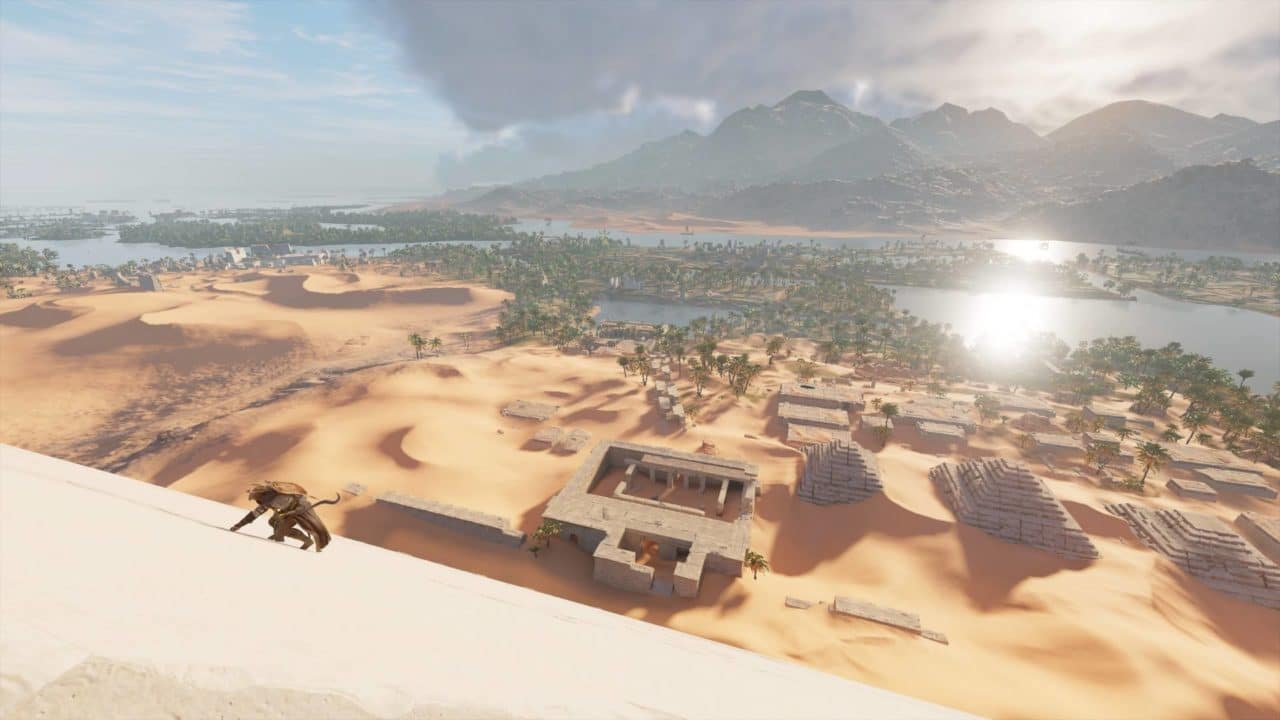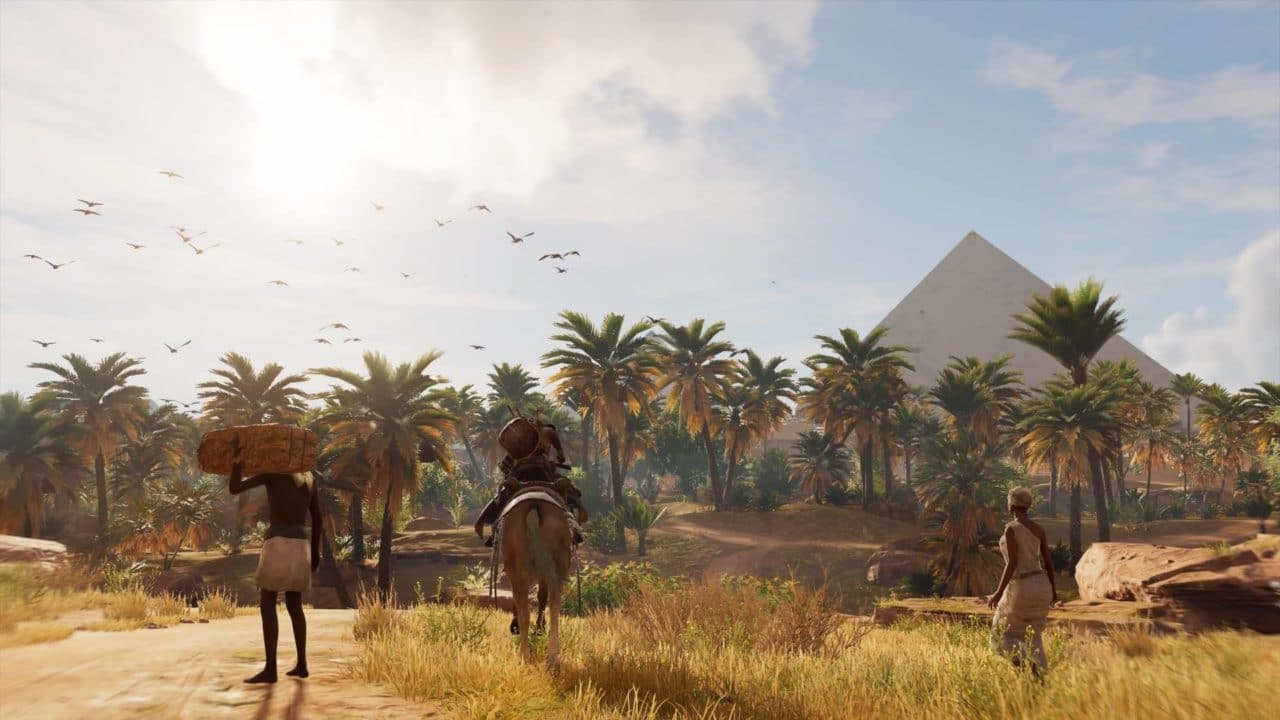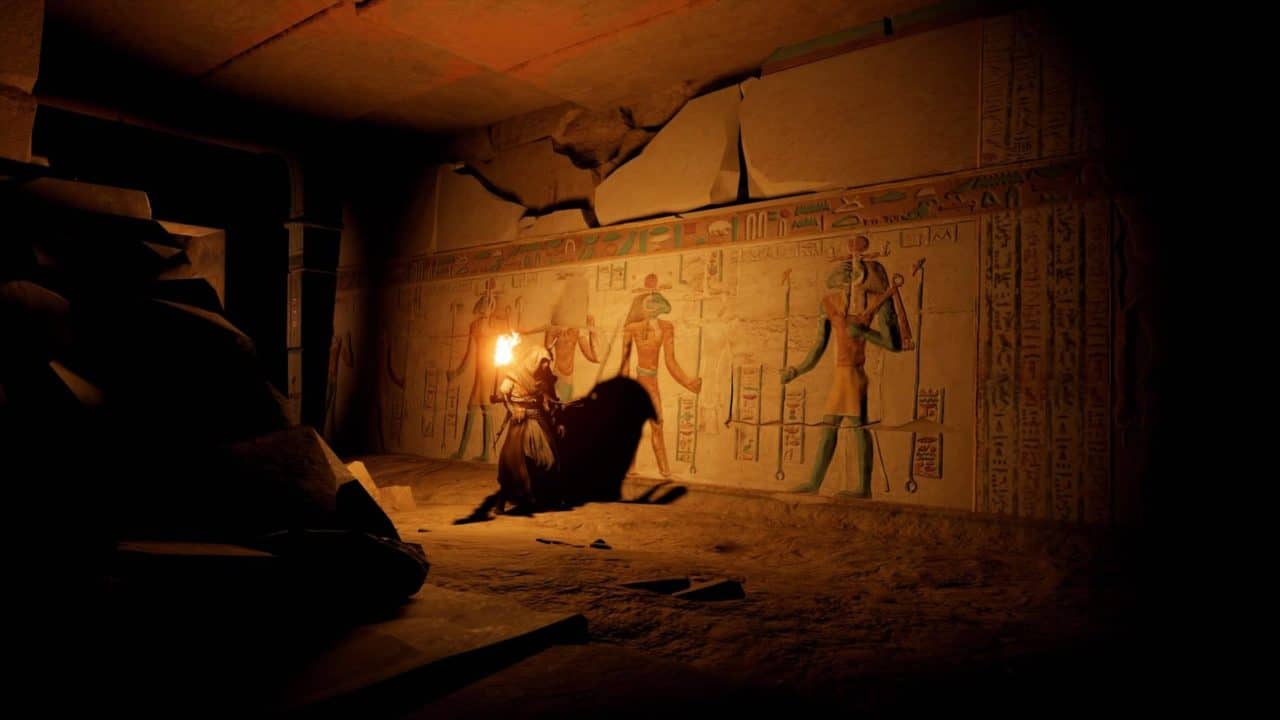A princess with a tattoo of a griffin like creature buried with a cosmetic bag and six horses
In the vast expanse of the Altai Mountains, where Russia, Mongolia, China, and Kazakhstan converge, there exists a world frozen in time. The permafrost, a relentless guardian of secrets, had long concealed tales of ancient peoples, their cultures, beliefs, and memories. In 1993, Russian archaeologists discovered an intriguing find on the Ukok plateau near the Russia-China border. They had received information about a grave robbery. Digging at the grave site, they stumbled upon a giant block of ice.
The team, led by Dr. Natalya Polosmak of Novosibirsk’s Institute of Archeology and Ethnography, began melting the block.
They found the mummified body of a 25-year-old princess known as the Siberian Ice Maiden. Polosmak and her staff found the princess had tattoos! Nestled within a burial mound on the Ukok Plateau, the Ice Maiden – often referred to as the ‘Princess of Ukok’ – offered a remarkable glimpse into the world of the Pazyryk people, a nomadic tribe that roamed the steppes more than 2,500 years ago. Impeccably preserved by the cold, the Ice Maiden’s still form lay accompanied by six horses, meticulously arranged in a radial pattern, symbolizing her status and significance in life. But it wasn’t just her burial rites or the artifacts she was interred with that drew gasps of wonder and intrigue; it was the intricate designs that adorned her skin.

Reconstruction of the Siberian Ice Maiden. Image Source and Credits: Marcel Nyffenegger/ The Siberian Times.
Her perfectly preserved body showed the customs of a long-ago society. I was intrigued by the symbolism of her tattoos when I first learnt about her.
What happened to her possessions and her companion horses? How could someone so young pass away? Was it a suicide or a sacrifice of a human?
My curiosity about this mysterious woman who passed away more than 2500 years ago was sparked by these queries.
Harnesses, saddle parts, and a table where a feast of fatty mutton had been preserved for 2500 years were found as the archaeologists started to melt the ice with buckets of hot water.

Mummy of the Siberian Ice Maiden. Image Source and licensing: Wikimedia Commons
The mutton was rotting and gave a foul stench.
There were six horses in total. The marks of a pickaxe on their heads indicated that they had been executed.
Then there was only more ice.
‘A lot of them go on holiday to Greece, and when I’ve been there I heard how Greeks were smiling and saying that a British man’s age can be easily understood by the number of tattoos on his body.
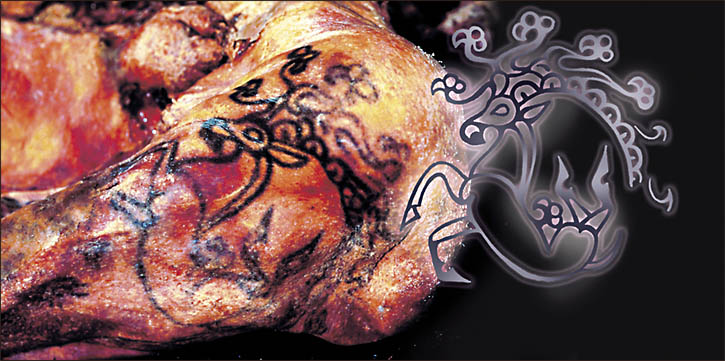
The Body of Princess Ukok, who died aged 25, had several tattoos on her body, including a deer with a griffon’s beak and a Capricorn’s antlers. The tattoos have been perfectly preserved for 2,500 years.
‘I’m talking the working class now. ‘And I noticed it, too. ‘The older a person, the more tattoos are on his body.’
Dr Polosmak added: ‘We can say that most likely there was – and is – one place on the body for everyone to start putting the tattoos on, and it was a left shoulder.
‘I can assume so because all the mummies we found with just one tattoo had it on their left shoulders.
The archaeologists worked painstakingly to melt the remaining ice and at last found some sable fur. When they removed the fur, a shoulder appeared with a “brilliant blue tattoo of a magnificent griffin like creature” in the words of Polosmak.
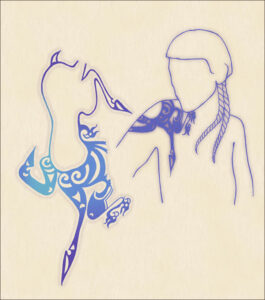
Researchers also found two warriors close to the princess and were able to reconstruct their tattoos. Here, one is shown with an animal covering the right side of his body, across his right shoulder, and stretching from his chest to his back.
It was a young woman’s body, between the ages of 25 and 28. She became renowned as the Siberian Ice Maiden or the Ukok Princess.
The mummified body, which was in outstanding condition, was removed by Polosmak’s crew. She had all of her internal organs removed, including her brain, so the archaeologists were unable to identify how she died.
Nevertheless, twenty years after her discovery, scientists at the Russian Academy of Sciences have a theory.
Very likely, breast cancer caused her death. Dr. Andrey Letyagin believes she was diagnosed with breast cancer in her early 20s based on the MRI images. According to Dr. Letyagin, the asymmetry in the MR signals from the scan demonstrates that she had a tumor in her right breast.
She grew weaker as the agonizing anguish of the sickness deepened. It’s conceivable that she fractured her bones just before she passed away after falling off a horse.
She needed cannabis to aid her because she was in a lot of pain. The fact that there was marijuana in her tomb is evidence of this. Elite members of Eurasian nomadic civilizations frequently used marijuana.

Princess Ukok’s hand with marked tattoos on her fingers. She was dug out of the ice 19 years ago, and is set to go on public display in the Altai Republic.
According to Dr. Polosmak’s team, the Ice Maiden’s skin was preserved and embalmed with herbs, grasses, and wool. Together with the princess, the horses were sacrificed and interred. She was clothed in a silk blouse and wool skirt with stripes. She was probably a princess because nomadic tribes’ highest officials used silk clothing.
The Ice Maiden displayed her concern for appearance by carrying a cosmetics bag on her left hip. There were pieces of a blue-green eyeliner pencil made of vivianite, a kind of iron phosphate.
They also found a tiny plate with coriander seeds on it, which were probably used medicinally.
Yet the princess’ baldness was the biggest shock to the archaeologists! They shaved her head, and her hair was a wig made of two layers of female hair. There was a felt spike with fifteen gold foil birds on it at the top of the wig.
According to Polosmak, tattoos are a sign of beauty. Back then, the aim was to look as beautiful as possible. She chose to have the tattoo on her shoulder because it was noticeable and she wanted to look as lovely as possible. The Ice Maiden had tattoos on her fingers and both arms, but fortunately, the one on her left shoulder had survived. The tattoo on his exposed shoulder, in the opinion of Polosmak, looks like the beak of a griffin.
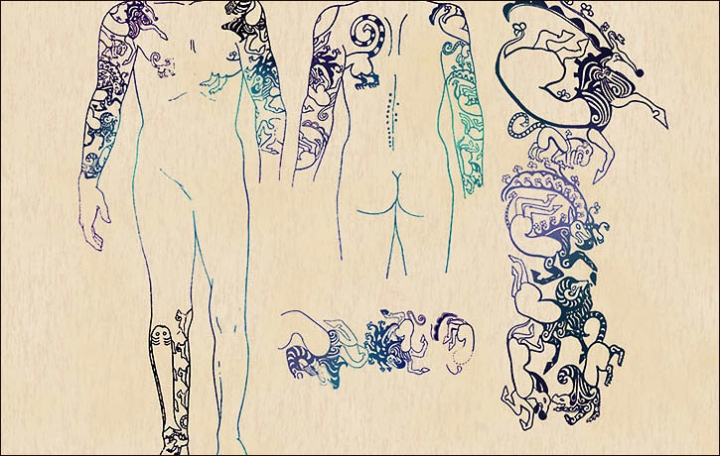
The tattoos of one of two warriors found on the ancient permafrost burial site at Ukok Plateau some 2,500 meters above sea level close to Russia’s frontiers with modern-day Mongolia, China, and Kazakhstan.
Sheep and a snow leopard were among the other tats.
Archaeologists believe the princess was of Scythian descent based on the animal-style painting because they have found similar works of art in many locations around Russia, Central Asia, and Europe.
Between the seventh and third centuries BCE, a nomadic group known as the Scythians inhabited the Eurasian Steppes. While some historians once referred to all early nomads as Scythians, this is erroneous. Not all of the early nomadic people who inhabited the steppes of Euraasia, which extended from Siberia to the Black Sea, were Scythians.
As locals in the Altai region, where the Ice Maiden was interred, think the grave belonged to one of their ancestors, the excavation of the Ice Maiden caused considerable controversy. The locals consider the removal of mummies from ancient cemeteries to be a terrible omen and believe in shamans.
In Russia, there is a lot of disagreement over the Ice Maiden’s origins. The Genetic composition of the Ice Maiden and contemporary Altai peoples differs significantly, according to research by the Russian Academy of Sciences. She was a member of the Pazyryk culture, a Scythian nomadic civilization that lived between the sixth and second centuries BCE, according to scientists and archaeologists.
She had more Caucasoid than Mongoloid face features. Although though it is currently a contentious issue, it is crucial to keep in mind that ancient nomadic cultures were always multiethnic. The Xiongnu Empire was a federation of tribes from various races and was the first significant nomadic Empire to emerge from the Eurasian Steppes.
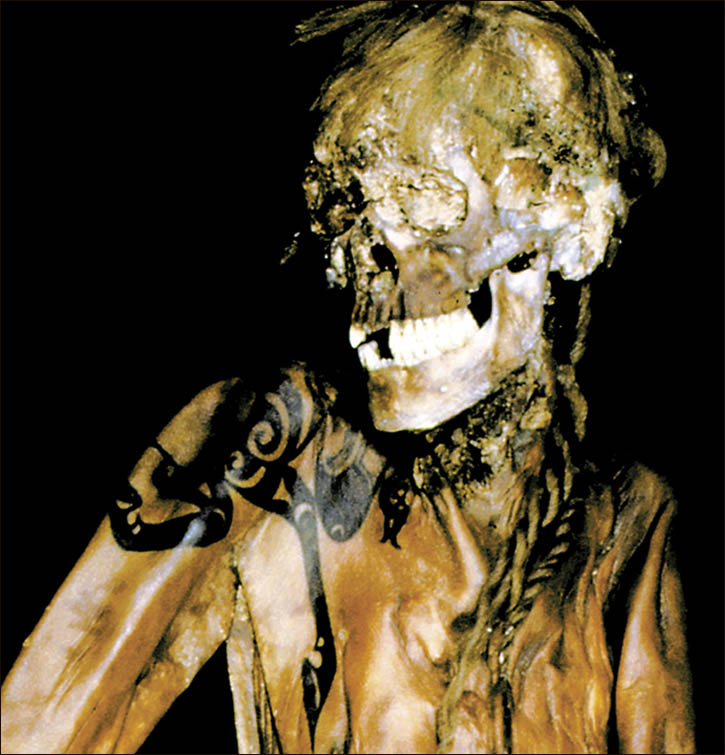
Tattoos are clearly visible on one of the warrior’s shoulders. The designs are similar to those found on the Princess.
People in the Altai region, where the mummy was discovered, were outraged that she was being showcased to tourists from all over the world. They took the Ice Maiden to Korea and Japan, where she was treated like a rock star, with crowds gathering to see her.
The authorities in the area where she was discovered reacted by prohibiting additional excavations. They designated the area as a “zone of peace.”
Russian authorities eventually returned her body to the Altai museum, but they are still studying it.
The discovery of the Siberian Ice Maiden represents a watershed moment in archaeology.
Do you think her excavation has aided in the study and understanding of ancient peoples and their customs? Or was it a case of defying local customs and stealing graves?
There is little doubt that the Ice Maiden has helped us comprehend that though ancient peoples from 2500 years ago were different from us in many respects, they also had many commonalities with us. The biggest one is a fascination with cosmetics and external appearance.
Another interesting fact revealed by the ice maiden is her use of cannabis to relieve pain caused by breast cancer. Cannabis’s significance in medicine has received attention off late, yet it is an old practice that has been lost in time. We had not yet developed science at the time, therefore many individuals relied on trial and error to gain understanding of pain treatment.
